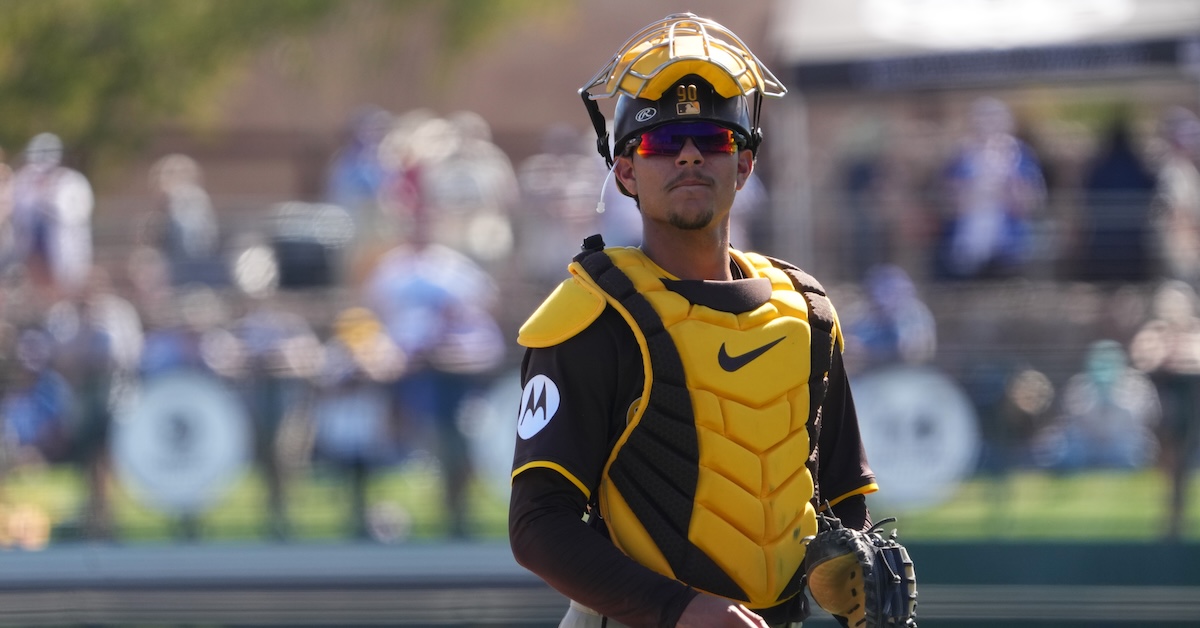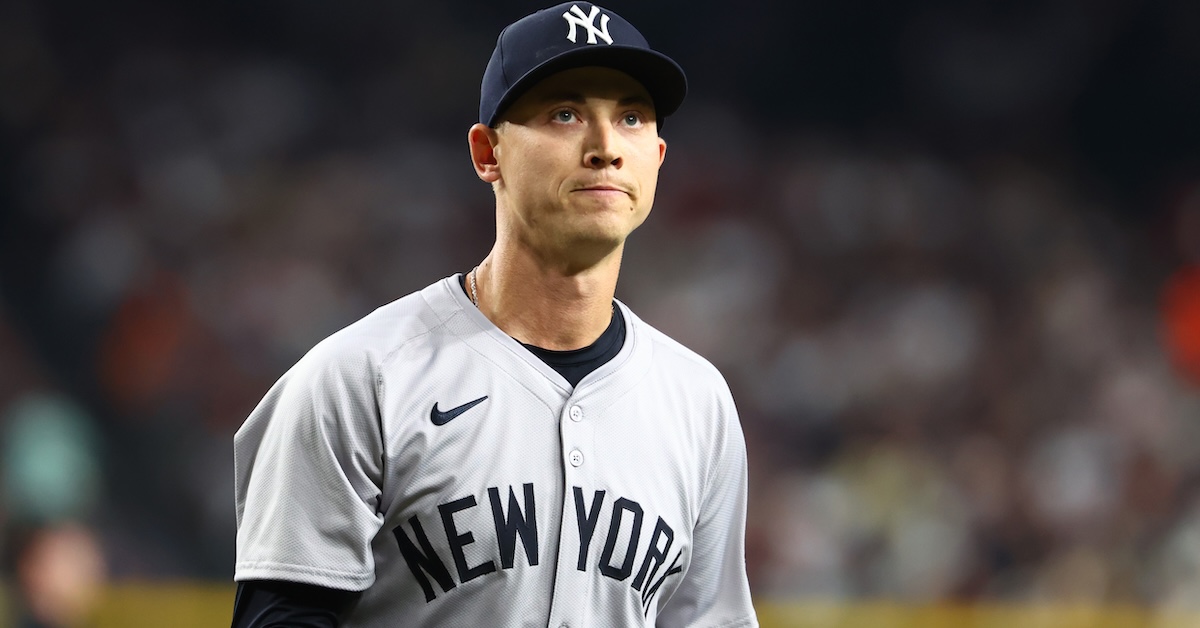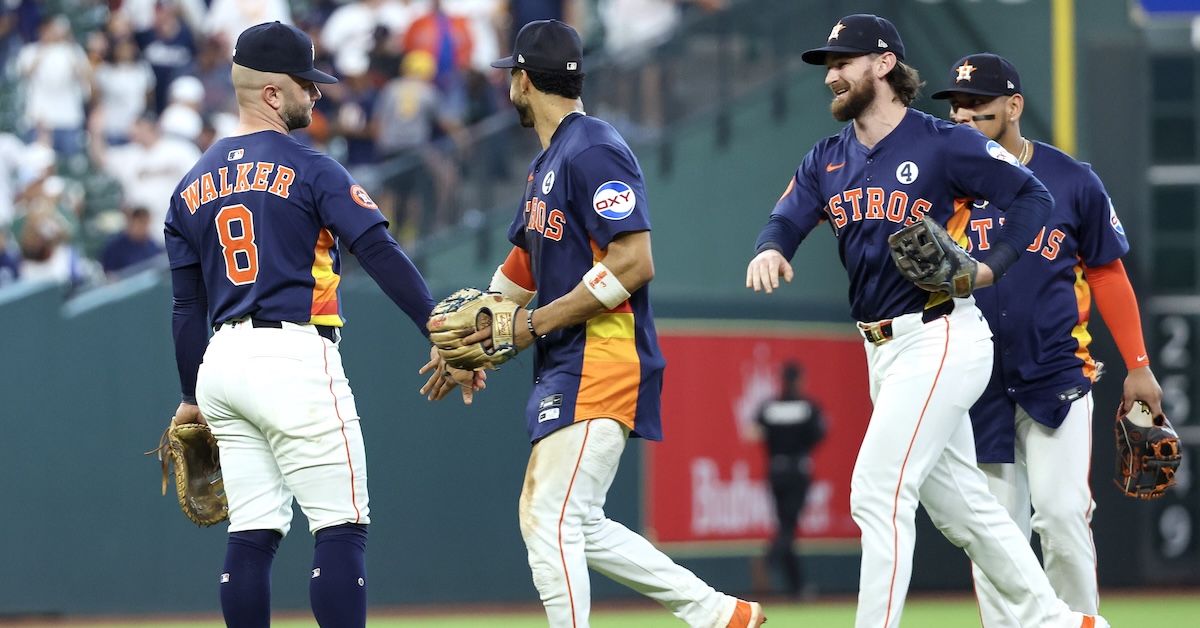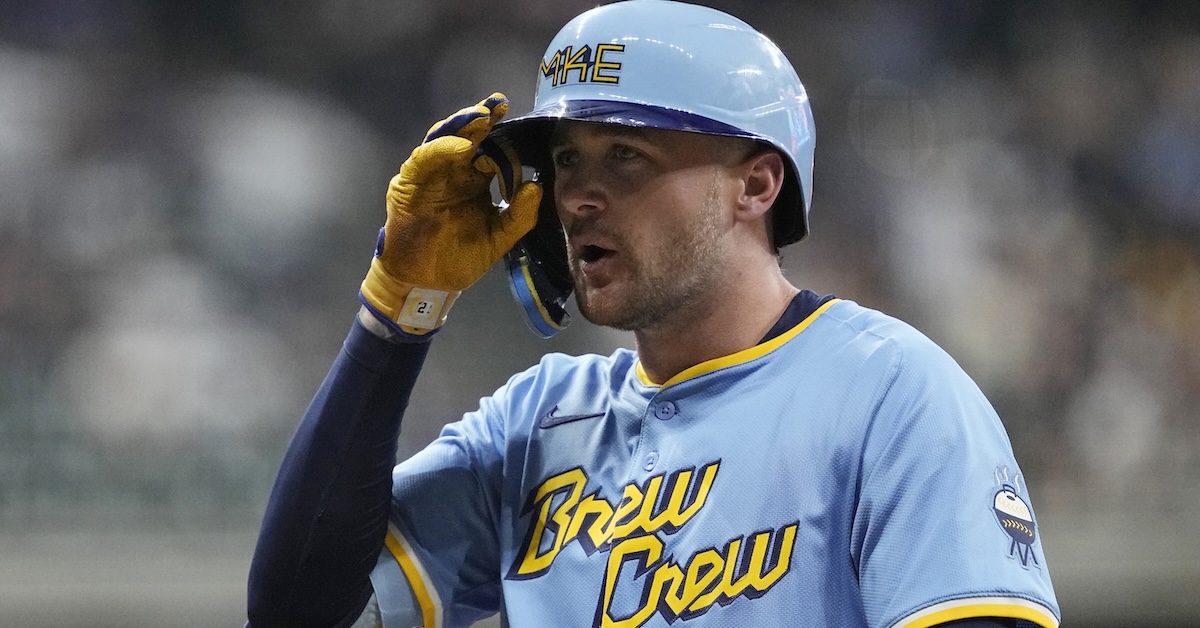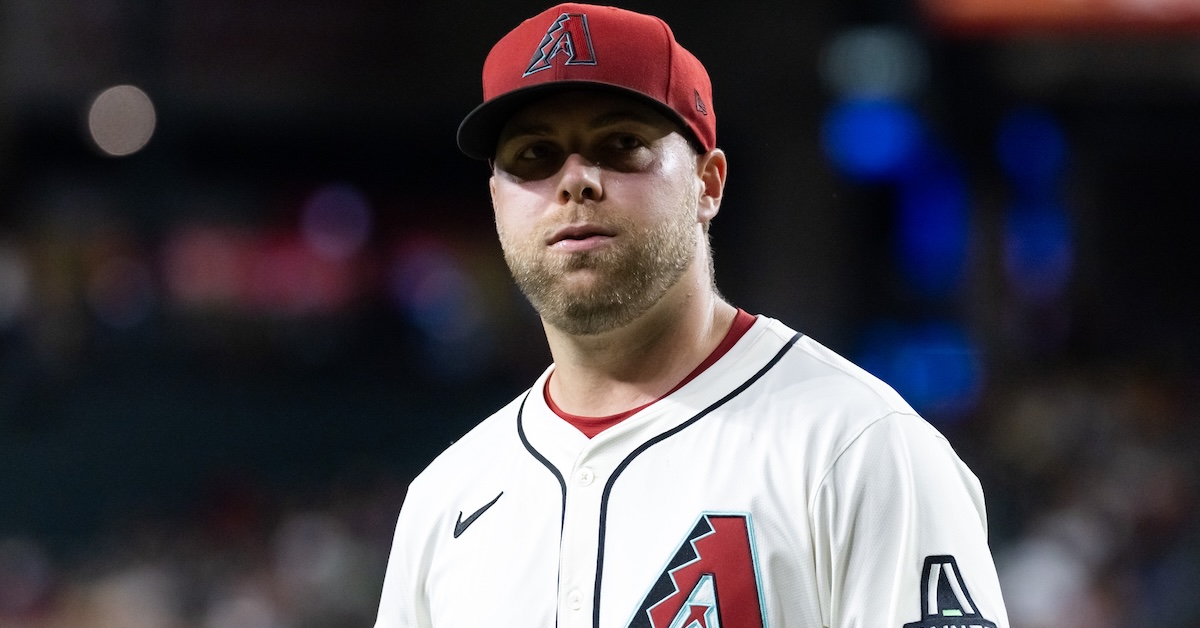Luis Torrens Has Arrived, Just a Few Years Late
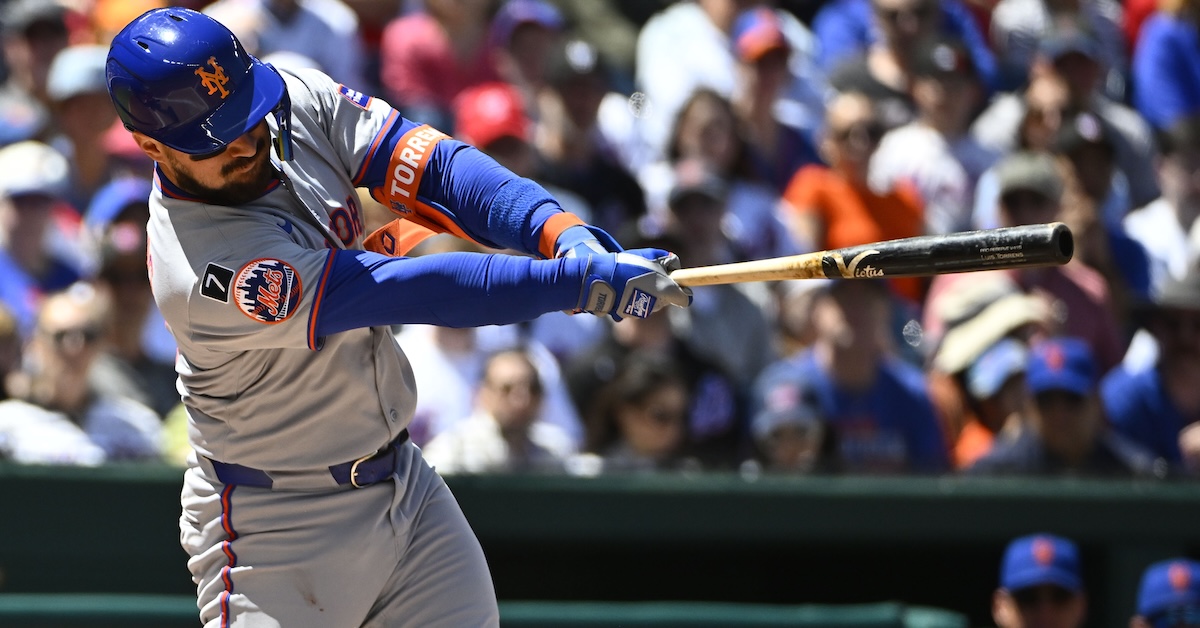
If, like me, you’re a weird baseball transactions sicko, you probably first heard of Luis Torrens at the tail end of 2016. That’s when the Padres, in the midst of an A.J. Preller-led teardown, shocked baseball by taking three low-minors players in the Rule 5 Draft and putting them all on the major league roster for 2017. It was a bold, unheard of tactic. The three players – Allen Córdoba, Miguel Díaz, and Torrens – were clearly not ready for the majors. Torrens, the most advanced of the trio, was 21 and had around 200 plate appearances of full-season minor league ball under his belt, and he was still learning his new position of catcher.
That trio was famously overmatched in 2017. Torrens racked up -1.3 WAR in 139 plate appearances, Córdoba -1.0 WAR in 227 of his own, and Diaz -0.7 WAR in 41 2/3 innings pitched. The whole experiment was an embarrassment for the league, and no one has since tried similar chicanery. The Padres sent them down after the season, as soon as they were eligible to do so without having to return them to their previous organizations; Torrens and Córdoba spent all of 2018 in the minors, and both struggled in A Ball. Torrens did finally return to the majors as a backup in 2019, but Preller flipped him to Seattle a year later and he slid into journeyman status. From 2019 through 2023, he bounced around, rarely getting consistent playing time, ending up with 668 plate appearances, a 92 wRC+, and -0.4 WAR thanks to iffy defense.
I’ve used what San Diego did in this particular Rule 5 Draft as a cautionary tale when people ask me about the risks of rushing low-level minor leaguers to The Show. I firmly believe that this Rule 5 manipulation interrupted each of their career arcs – they just weren’t ready for the challenge, which is hardly unexpected given where they’d been playing. Each was a promising prospect, but in the six years after the Padres selected them, the amount of time you’d expect them to be under team control, they combined for -3.2 WAR. Read the rest of this entry »

